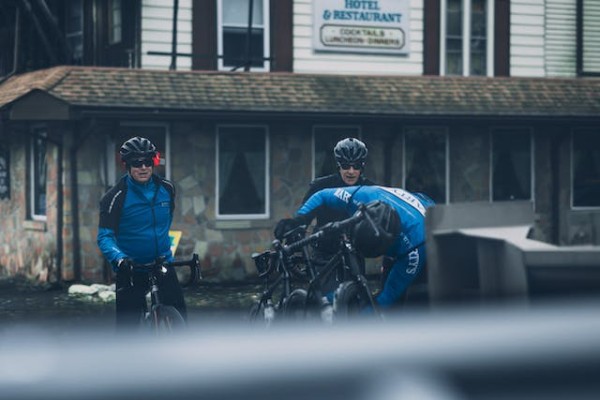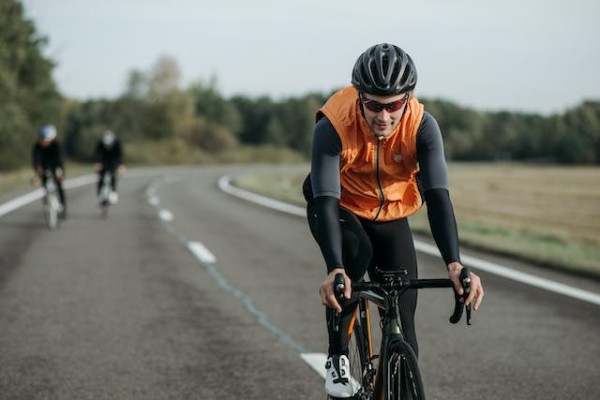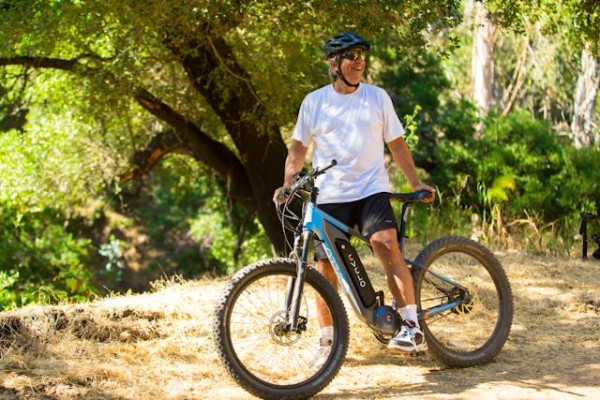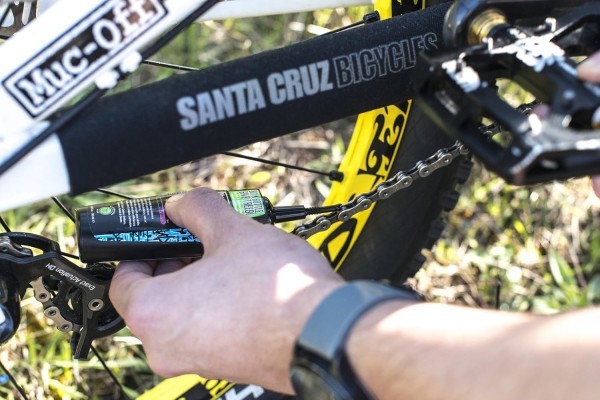If you find yourself facing flat tires, fear not, for there are alternative methods to inflate your bike tires sans a pump. Ever pondered how to put air in bike tires without a pump using everyday items? Well, there exist unconventional yet surprisingly effective ways to tackle this issue. Stay tuned to discover innovative solutions that might just save your ride from turning into a walkathon.
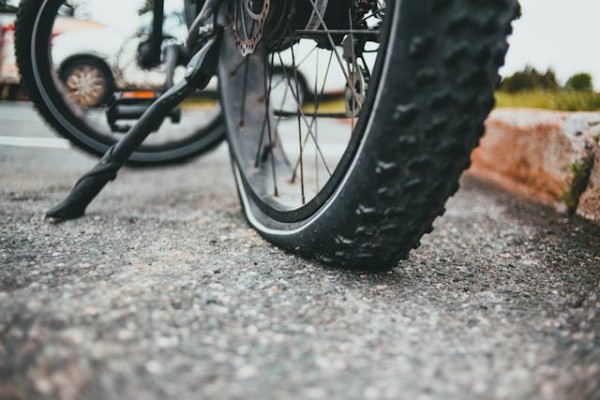
1. Using CO2 Cartridges
To quickly inflate your bike tires without a pump, consider utilizing CO2 cartridges for a swift and efficient solution. CO2 cartridges are compact, lightweight, and easy to use.
Start by checking the type of valve on your tire to ensure compatibility with the CO2 cartridge. Remove the valve cap and thread the cartridge onto the inflator. Press the inflator onto the valve stem and release the CO2 by pressing the cartridge.
Monitor the tire pressure frequently to prevent overinflation. Remember that CO2 cartridges have a limited amount of air, so it’s advisable to carry multiple cartridges for longer rides. Once inflated, securely reattach the valve cap and you’re ready to hit the road swiftly and hassle-free.
2. Using a Handheld Portable Air Compressor
Consider utilizing a handheld portable air compressor as a convenient and efficient method for inflating your bike tires without the need for a traditional pump. When using a handheld portable air compressor, follow these steps for optimal results:
- Prepare the Air Compressor: Ensure the compressor is charged or has fresh batteries.
- Attach the Nozzle: Connect the appropriate nozzle to the valve of the tire.
- Inflate the Tire: Turn on the compressor and inflate the tire to the recommended pressure level, checking intermittently with a pressure gauge.
Using a handheld portable air compressor provides a quick and effective solution for inflating your bike tires on the go. It’s a handy tool to have for maintaining optimal tire pressure and a smooth riding experience.
3. DIY Tire Inflation Using a Soda Bottle
When facing a situation where a handheld portable air compressor is unavailable, DIY Tire Inflation Using a Soda Bottle can serve as a practical alternative for inflating bike tires on the go.
To start, cut off the bottom of a plastic soda bottle. Insert the bottleneck over the valve stem of the tire, ensuring a secure fit. Seal any gaps with duct tape for better air retention.
Next, press the bottle to inflate the tire; the air will flow from the bottle into the tire. Monitor the tire pressure using a gauge periodically. This method may take longer and be less precise than using a pump, but in a pinch, it can get you back on the road quickly.
4. Employing a Bike Shop or Gas Station
You can easily top up your bike tires by visiting a bike shop or gas station for professional assistance and equipment. Here’s how to make the most of these resources:
Bike Shop Assistance:
- Professional technicians can inflate your tires to the correct pressure.
- They’ve specialized pumps that ensure accurate pressure levels.
- Experts can also check for any leaks or tire damage while inflating.
Gas Station Convenience:
- Gas stations often have air pumps equipped with pressure gauges.
- Convenient locations make it easy to quickly inflate your tires.
- Ensure you have the correct change for the air pump if it’s not free.
Expert Advice:
- Staff at bike shops and gas stations can provide tips on proper tire inflation.
- They may recommend suitable tire pressures based on your bike and riding style.
- Take advantage of their knowledge to ensure optimal tire performance.
5. Utilizing a Ball Pump
Utilize a ball pump to efficiently inflate your bike tires with precision and control. When using a ball pump, ensure it’s equipped with a needle adapter suitable for inflating Presta or Schrader valves commonly found on bike tires.
Begin by unscrewing the valve cap on the tire and identifying the valve type. For Presta valves, unscrew the top nut to release the pin, while Schrader valves can be directly engaged with the pump nozzle. Secure the pump nozzle onto the valve and lock it in place.
Begin pumping in smooth, controlled motions, periodically checking the tire pressure with a gauge for accuracy. Once the desired pressure is reached, carefully remove the pump, reattach the valve cap, and ensure a snug fit for a successful and safe ride.
Frequently Asked Questions
Can I Use a Hair Dryer to Inflate My Bike Tires in an Emergency?
In an emergency, you can use a hair dryer to attempt inflating bike tires, but it’s not recommended due to limited air output and potential damage risk. Seek a proper pump for safe inflation.
Is It Safe to Use a Leaf Blower to Put Air in Bike Tires?
Using a leaf blower to inflate bike tires is not recommended. The pressure from a leaf blower can be too strong and may damage the tire or cause it to burst, leading to safety risks.
Can I Inflate My Bike Tires by Blowing Them Up With My Mouth?
Can you inflate bike tires by blowing with your mouth? While possible, it’s not recommended. Limited air volume and risk of contamination from moisture and bacteria can damage the tire. Opt for a proper pump.
Is It Possible to Use a Helium Tank to Inflate Bike Tires?
Yes, using a helium tank to inflate bike tires is not recommended. Helium molecules are smaller than air molecules, leading to rapid leakage. Stick to using a proper bike pump for optimal tire pressure.
Can I Use a Vacuum Cleaner to Pump Air Into My Bike Tires?
Sure, you can’t use a vacuum cleaner to pump air into your bike tires. It’s designed to suck in air, not push it out. Stick to proper tools like a pump or gas station air compressor.
Conclusion
While there are various methods to put air in bike tires without a pump, it’s always recommended to have a pump on hand for regular maintenance. However, in cases of emergency or convenience, options like CO2 cartridges, handheld portable air compressors, DIY soda bottle inflation, bike shops, gas stations, and even ball pumps can come in handy.
